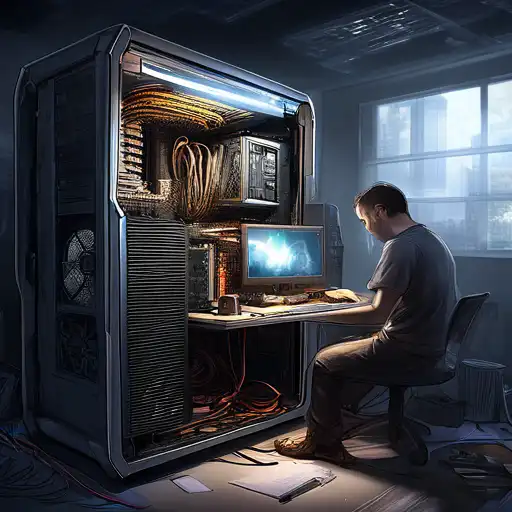Introduction to PC Building
Building your own PC can be a rewarding experience, offering not only a sense of accomplishment but also the opportunity to customize your machine to your exact needs. Whether you're a gamer, a content creator, or just someone looking for a powerful workstation, assembling your own computer allows you to select each component carefully, ensuring optimal performance and value.
Why Build Your Own PC?
There are several advantages to building your own PC. First, it can be more cost-effective than buying a pre-built system. Second, you have complete control over the components, allowing for better performance and upgradeability. Lastly, the process itself is a great learning experience, giving you a deeper understanding of how computers work.
Essential Components for Building a PC
Before you start, it's important to understand the key components you'll need:
- Processor (CPU): The brain of your computer, responsible for executing instructions.
- Motherboard: The main circuit board that connects all components.
- Memory (RAM): Temporary storage that your CPU uses to store data.
- Storage (SSD/HDD): Where your operating system, applications, and files are stored.
- Graphics Card (GPU): Essential for gaming and video editing, this renders images to your monitor.
- Power Supply Unit (PSU): Powers all components of your PC.
- Case: Houses all your components and protects them.
Choosing the Right Components
Selecting the right components is crucial for building a PC that meets your needs. Consider your budget, the purpose of the PC, and future upgradeability. Research each component to understand the best options available within your price range.
Step-by-Step Guide to Building Your PC
Now that you have all your components, it's time to start building. Follow these steps to assemble your PC:
- Prepare your workspace and ensure you have all necessary tools.
- Install the CPU onto the motherboard carefully, aligning it correctly.
- Install the RAM into the designated slots on the motherboard.
- Mount the motherboard inside the case.
- Install the storage drives (SSD/HDD) into the case.
- Insert the graphics card into the PCIe slot on the motherboard.
- Connect the power supply and ensure all components are properly powered.
- Close the case and connect your monitor, keyboard, and mouse.
Installing the Operating System
After assembling your PC, the next step is to install an operating system. You can choose between Windows, Linux, or macOS (if you're using compatible hardware). Follow the installation instructions provided by the OS to complete the setup.
Final Thoughts
Building a PC may seem daunting at first, but with the right preparation and research, it's an achievable project for beginners. Not only does it offer a customized computing experience, but it also provides valuable knowledge about computer hardware. Remember to take your time, follow instructions carefully, and enjoy the process of creating something truly your own.
For more information on selecting components, check out our guide to choosing PC components.
